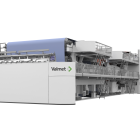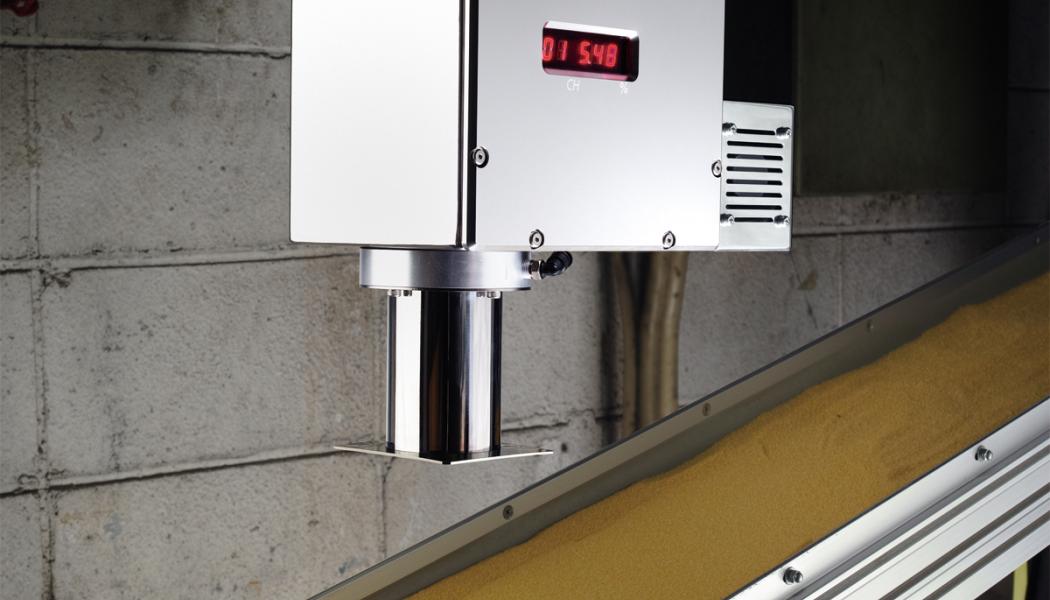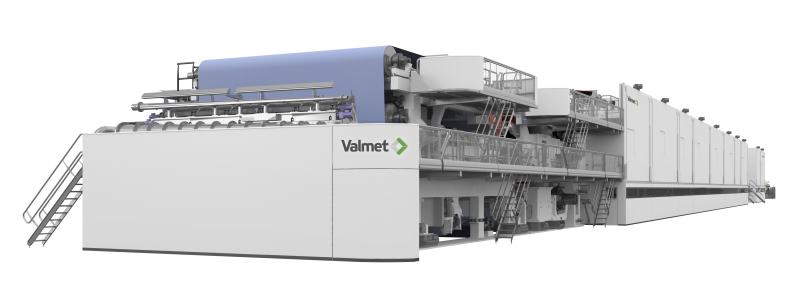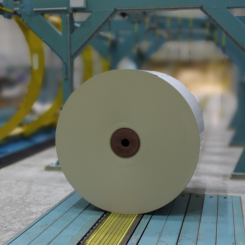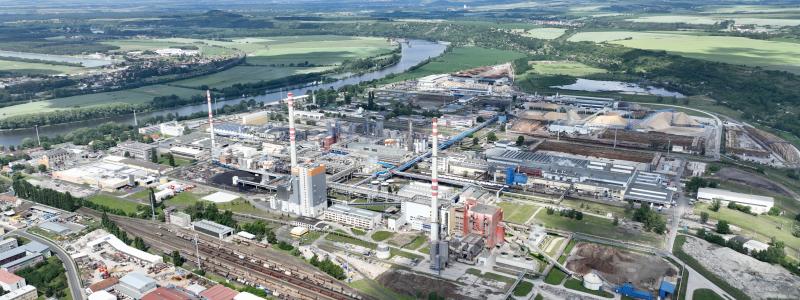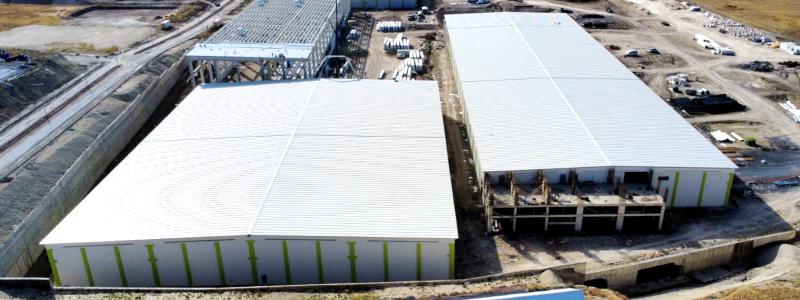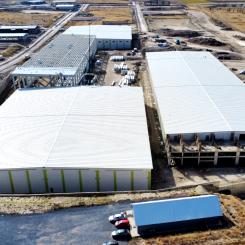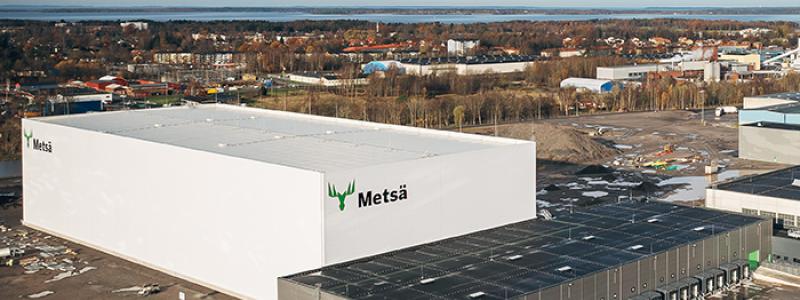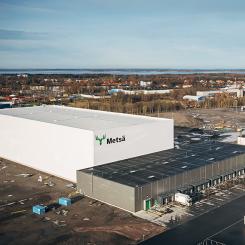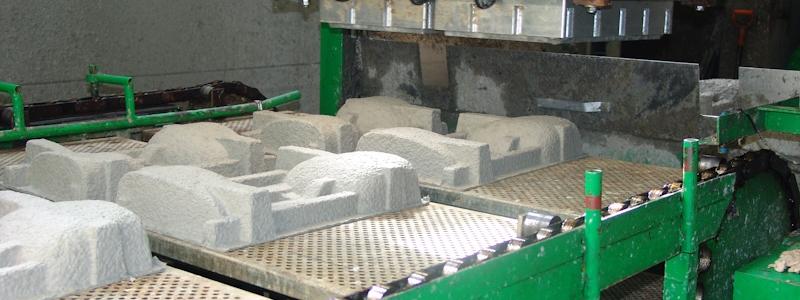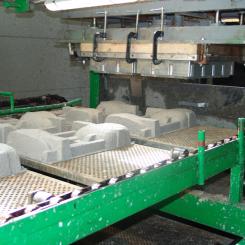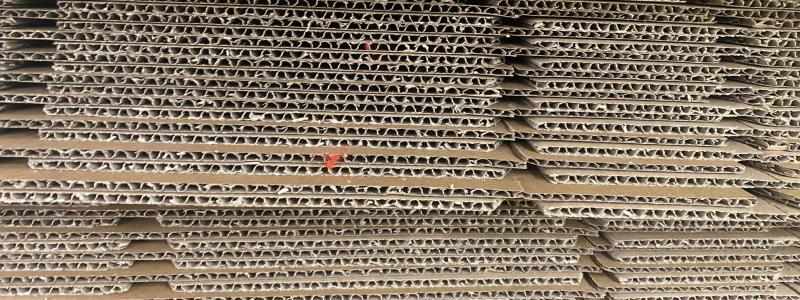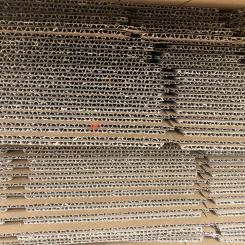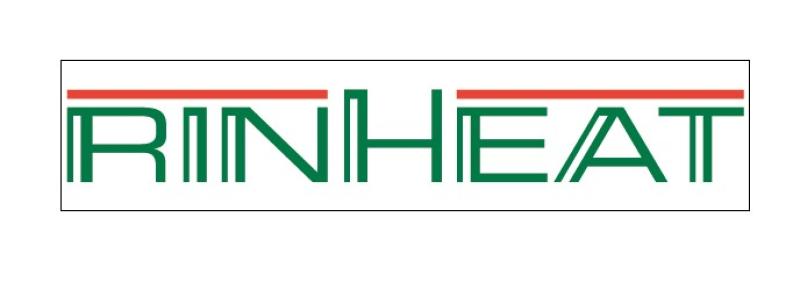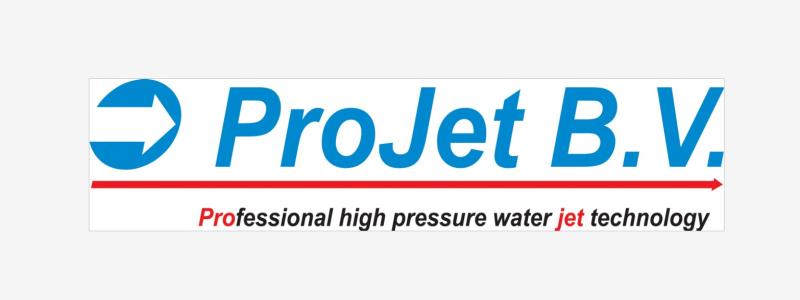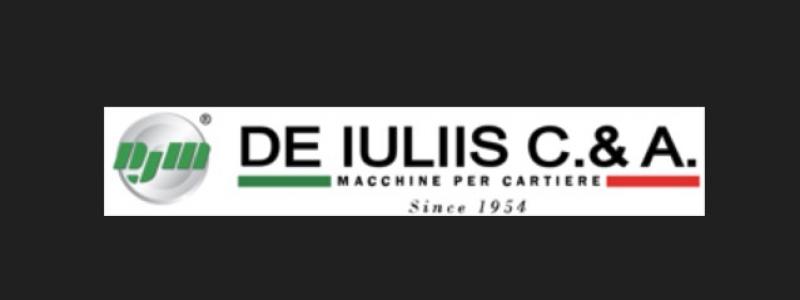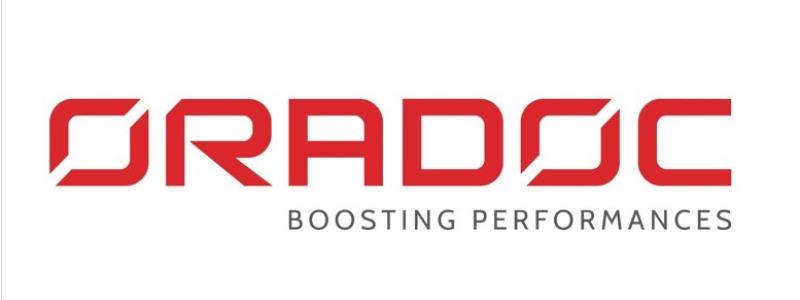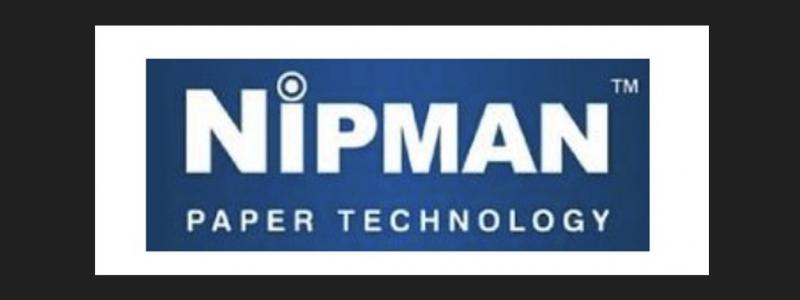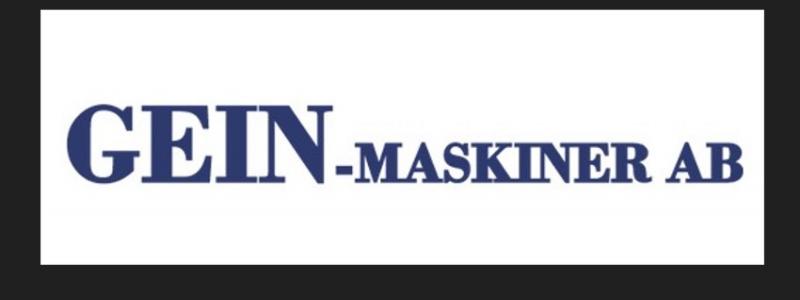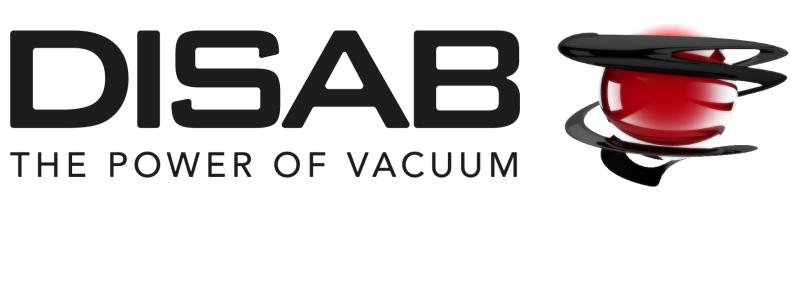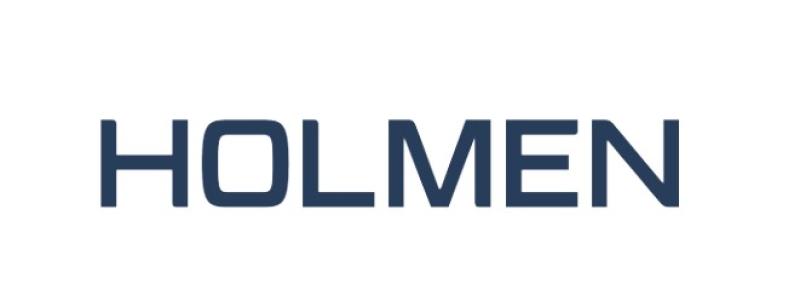By: Kett
At the pulp and paper mills as well as factories that produce the materials and goods essential to the nation, supply chain issues have continued to accelerate since 2020. However, plant managers and production line workers may not realize that the industry experienced even greater disruptions in 2024 than in previous years. By one account, there was a 38% increase in supply chain disruption last year.
Factory fires were the leading cause of these disruptions. Factory fires threaten the facility, disrupt productivity, and endanger the entire workforce.
For pulp and paper mills, factory fires are a significant risk due to the presence of highly combustible materials such as paper dust, dried fibers, and chemicals used in processing. High-temperature equipment, friction from moving parts, and electrical faults can easily ignite these materials. Poor housekeeping, inadequate ventilation, and buildup of flammable residues further increase the fire hazard throughout the facility.
Consequently, taking the necessary precautions, which includes using equipment capable of detecting and preventing fire prone conditions, is essential to mitigate the growing risk of fire and ensure a safe working environment.
The Urgent Need to Minimize Fire Risk
In 2024, there were 2,299 recorded factory fires worldwide. The majority of these fires occurred in facilities within the United States, followed by incidents in India and Germany. Many of these fires took place in manufacturing-focused factories.
A range of operational and supply chain challenges have contributed to the increased fire risk. In recent years, global disruptions have led to labor shortages, regulatory delays, and reduced oversight in some facilities. As a result, many factories operated with fewer skilled workers on-site, while employees were often required to take on additional responsibilities with limited support.
At the same time, some factories quickly adapted their operations—such as introducing new processes or expanding existing production lines—without fully assessing the associated risks. This often resulted in gaps in critical safety protocols, driven by short staffing or shifting priorities, which in turn increased the likelihood of undetected hazards.
In some cases, insufficient training resulted in the mishandling of chemicals, posing serious safety risks to both workers and the facility. Additionally, delays in maintaining critical equipment or systems increased the risk of operational failures, safety incidents, and costly disruptions.
Machinery issues were a significant factor in factory fires in 2021 as well. According to Resilinc, a supply chain risk management company, 59% of the factory fires analyzed that year were linked to faulty equipment. Common causes included improper installation, operation, or maintenance; inadequate safety and cleaning procedures; and failure to replace outdated or worn-out equipment on time. Additionally, insufficient employee training, particularly a lack of awareness of key risks, was often a contributing factor.
For pulp and paper plants, specific conditions on or around the production line can also increase the risk of a fire.
“Manufacturers [particularly pulp and paper mills] need to be aware that combustible dust can contribute to fires when sparking occurs—and that almost every material can be combustible in dust form, including wood, dyes, and chemicals,” says John Bogart, Managing Director of Kett US, a manufacturer of a full range of moisture and organic composition analyzers.
Bogart adds that plants face an increased fire risk when excessive friction occurs. Similarly, mechanical equipment can become a fire hazard if it is not properly cleaned, maintained, and lubricated, leading to overheating and, in some cases, ignition.
Since many of these issues are largely preventable, industry professionals emphasize the importance of awareness and proactive measures.
“By prioritizing equipment maintenance, providing comprehensive training, and conducting regular safety inspections—even during periods of disruption—factories [such as pulp and paper mills] can significantly reduce the risk of fires and safeguard both employees and assets,” says Bogart.
In addition, Bogart recommends equipping pulp and paper factories with instruments that can detect hazardous conditions on the production line, which is essential for preventing fires and improving overall safety.
To address this need, industry OEMs have developed a variety of equipment specifically designed to prevent the hazardous conditions that can lead to factory fires. For example, Kett’s pulp and paper moisture meters line can prevent over drying, leading to higher fire risk, when producing paper-related products.
To keep friction—and overheating and sparking—from causing machinery-related fires, the OEM’s line of friction testers like the H94 Handheld Portable Friction Tester can evaluate machinery for friction and wear on-site.
The OEM's engineers assist manufacturers in selecting portable and inline laboratory-quality instruments to enhance factory safety and reduce fire risk. These instruments are designed for fast, efficient operation and are user-friendly, ensuring effective monitoring by any operator, regardless of who is on-site.
Pulp and paper plant fires pose a serious risk to workers, equipment, and overall operations, yet many are preventable with the right precautions. Equipping facilities with advanced monitoring instruments ensures early detection of hazardous conditions, allowing for quick intervention before a fire can start.
By investing in reliable safety equipment, manufacturers can reduce fire risks, maintain productivity, and protect both personnel and assets. Proactive safety measures, including proper training and routine maintenance, combined with the right detection tools, are essential for ensuring a safer, more resilient production environment.
For more info, visit https://www.kett.com.


